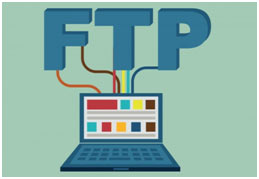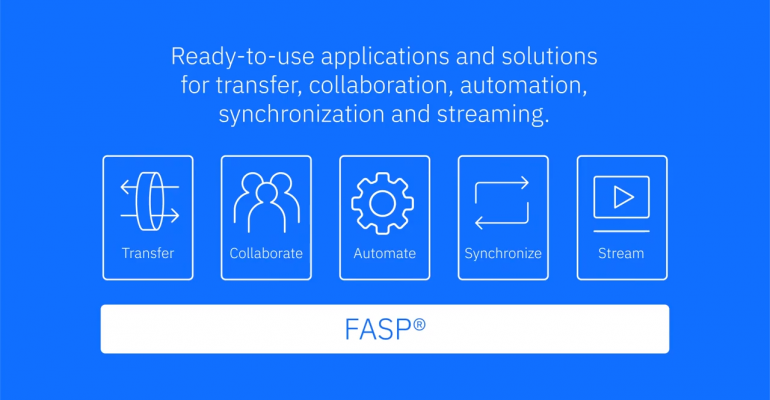

- FASTEST NETWORK FILE SHARING PROTOCOL UPDATE
- FASTEST NETWORK FILE SHARING PROTOCOL SOFTWARE
- FASTEST NETWORK FILE SHARING PROTOCOL WINDOWS
FASTEST NETWORK FILE SHARING PROTOCOL WINDOWS
There's some amount of performance hit to using write-through see the blog post Controlling write-through behaviors in SMB for further discussion.įeatures added in Windows Server, version 1709, and Windows 10, version 1709 Feature/functionality
FASTEST NETWORK FILE SHARING PROTOCOL SOFTWARE
To provide some added assurance that writes to a file share make it all the way through the software and hardware stack to the physical disk prior to the write operation returning as completed, you can enable write-through on the file share using either the NET USE /WRITETHROUGH command or the New-SMBMapping -UseWriteThrough PowerShell cmdlet. Features added in Windows Server 2019 and Windows 10, version 1809 Feature/functionalityĪbility to require write-through to disk on file shares that aren't continuously available The following sections describe functionality that was added in SMB 3 and subsequent updates. For details, see Planning for an Azure File Sync deployment. This allows you to cache your most frequently accessed files locally and tier your least frequently accessed files to the cloud, saving local storage space while maintaining performance. If you need to conserve storage space on an SMB file share, consider using Azure File Sync with cloud tiering enabled. These enhancements include reducing the application latencies experienced by branch office users when accessing data over wide area networks (WAN) and protecting data from eavesdropping attacks. The SMB 3.0 protocol provides enhancements to the Information Worker (or client) workloads. Traditional storage for end-user data.Upcoming versions of SQL Server will add support for clustered SQL servers and system databases.

Currently, this is supported with SQL Server 2008 R2 for stand-alone SQL servers. SQL Server can store user database files on SMB file shares. This can be used for both stand-alone file servers and clustered file servers that use Hyper-V together with shared file storage for the cluster. Hyper-V can store virtual machine files, such as configuration, Virtual hard disk (VHD) files, and snapshots, in file shares over the SMB 3.0 protocol.
FASTEST NETWORK FILE SHARING PROTOCOL UPDATE
This allows applications to read, create, and update files on the remote server. Using the SMB protocol, an application (or the user of an application) can access files or other resources at a remote server. The SMB protocol can be used on top of its TCP/IP protocol or other network protocols. The Server Message Block (SMB) protocol is a network file sharing protocol that allows applications on a computer to read and write to files and to request services from server programs in a computer network. SMB version 3.0 was introduced with Windows Server 2012 and has been incrementally improved in subsequent releases. SMB is also a fabric protocol used by software-defined data center (SDDC) solutions such as Storage Spaces Direct, Storage Replica, and others. This topic describes the SMB 3 feature in Windows Server 2019, Windows Server 2016, Windows Server 2012 R2, and Windows Server 2012-practical uses for the feature, the most significant new or updated functionality in this version compared to previous versions, and the hardware requirements. Applies to: Windows Server 2022, Windows Server 2019, Windows Server 2016, Windows Server 2012 R2, Windows Server 2012


 0 kommentar(er)
0 kommentar(er)
